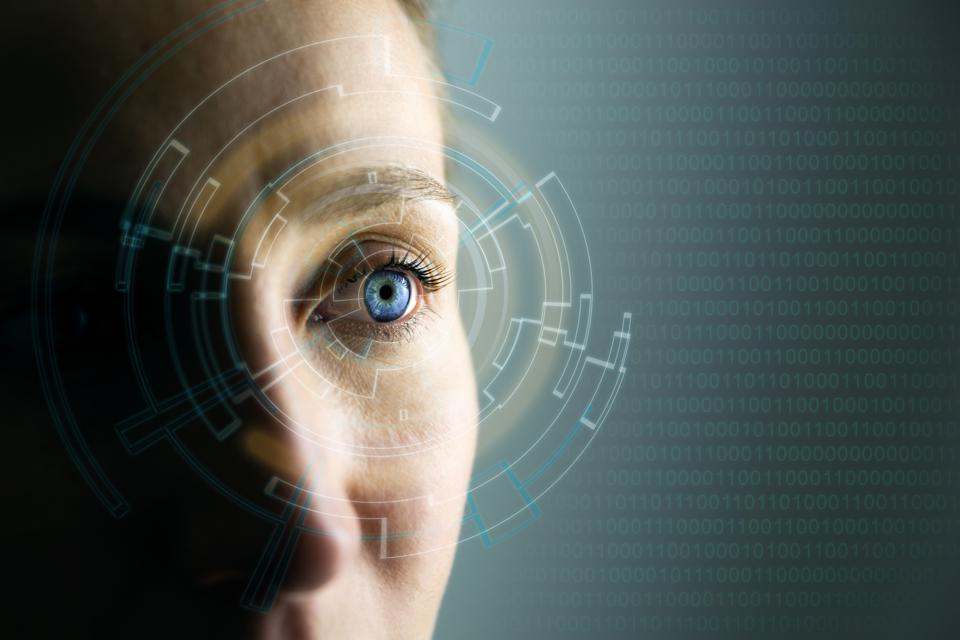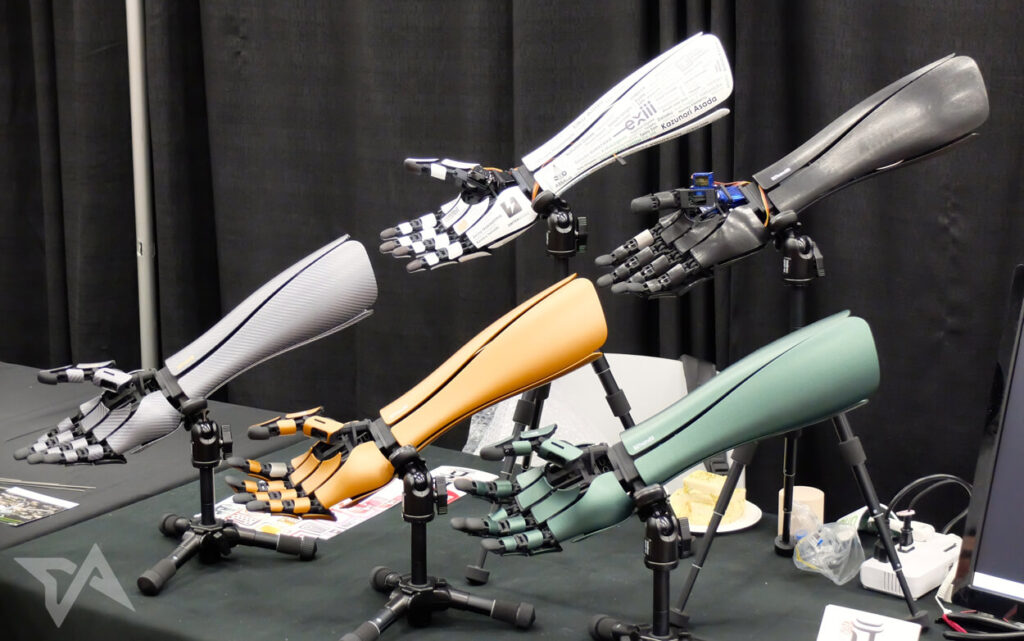Will the Future Generation Become Biologically Enhanced Humans?

What is your idea of an enhanced human? You may say bodybuilders are good examples. They have those bulging muscles and all. For popular comic characters, there’s The Incredible Hulk and Captain America. But could these superhumans just belong in comic books or are there real superhumans created in a laboratory?
Enhanced humans
When scientists say enhanced humans, they mean that they are enhancing their capabilities. The process is more about applying technological advancements to improve human body parts or functions. In the beginning, scientists were able to restore specific human functions such as hearing or eyesight. They were also successful in replacing missing limbs.
Recently, different technologies, such as wearables, sensors, nanotechnology, and CRISPR gene editing that help in enhancing human physiology.

Categories for human enhancements
Depending on your perspective, the idea of enhanced humans can either be an exciting prospect or a frightening one. Enhanced humans is a result of multiple scientific fields converging to work on restorative functions instead of a developmental focus, but the latter could be realized in the future. Human enhancements today fall into different categories, such as:
- Removable cyborg extensions, where the implement that enhances the individual can be taken off and stored after it has served its purpose.
- Cyborg-humans that use long-lasting technologies such as bionic implants, digital tattoos, and prosthetic limbs.
- Technologies that will completely change humans, such as genetic editing, which has moral and ethical issues.
The possibilities for human enhancements horizontally could be possible in a few fields.
- Brainpower. Increasing the cognitive functions of humans is possible with a microchip implant in the brain. The concept was first fielded by architect Nicholas Negroponte in 1968. But the human brain is a complex unit that is difficult to hack. Again there are ethical concerns here. However, Neuralink, one of Elon Musk’s companies, is trying to do this. Their idea is to have a chip implanted in the brain so a person can control a mobile device or a computer from any location, by simply using brain power.
- A brain-computer interface. There are already many researches on this topic. Initially the scientists thought that the brain-computer interfaces can be tools to constantly monitor the electrical activity of the brain, which could have a range of applications, such as sleep assessment, pain management, epilepsy, and ADHD monitoring. They also thought that this could be helpful for people who are paralyzed, as they can use their thoughts to move and control things. Taking the study further, they can be used to enhance the cognitive performance of people suffering from psychological or neurological disorders, and memory loss. The brain-computer interface can be used as a restorative process in stroke rehabilitation. It can also reduce the cognitive effects of aging, which can be a big help for seniors.
- Robotic exoskeletons and muscle strength. Using technological solutions for boosting the performance is already accepted. However, the public is more enthusiastic about using technological enhancements for cognitive and physical restorative applications. People who have lost a limb or paralyzed are benefiting from robotic exoskeletons that help them move. The construction and manufacturing industries are using robotic power to improve their productivity. The next level will be AI-powered prosthesis to give healthy individuals additional limbs.
- Enhancement of the senses. In the recent CES, there was a presentation about AI-supported hearing aid. The device has an onboard deep neural network. It gives people who are suffering from hearing loss a good experience. Enhancing the senses of the deaf or the blind using technology is highly feasible. When a person’s sense is lost, for example hearing or seeing, the part that handles the particular sense is rewired by the brain to be used in enhancing the other senses. Researchers should look into how the brain uses this ability.
Positive outlook
The outlook for human enhancements and human augmentation is very positive. Many leading tech companies, computer labs, and research and development laboratories of several universities are already working hard to develop tools and application to benefit humans.
- For example, gene therapy was used to help restore the eyesight of patients with genetic vision defects by the researchers in the Nuffield Laboratory of Ophthalmology at Oxford.
- “LUKE” is a next-generation prosthetic arm developed by the University of Utah in 2019. It can feel and make movements base on the user’s thought. Its sense of touch is quite high, allowing it to pick up delicate objects.
- The defense sector in the United States provides funding for the research and development of exoskeletons and prosthetics.
- TrueLimb was launched by Unlimited Tomorrow in July 2020. The company said that their prosthetic arm costs less than traditional prosthetics. It is durable and has a multi-grip capability and can control the fingers individually.
- In August 2020, Ekso Bionics launched its endurance-boosting assistive upper-body exoskeleton called EVO. It supports the wearer’s upper body to reduce back, neck, and shoulder injuries from overexertion, repetitive tasks, and overhead work.
Technology will continue to help scientists and researchers to develop various apps and tools to enhance the performance of humans in different ways. Hopefully, we will soon see more disabled persons functioning independently with the help of computers and other advanced technologies.